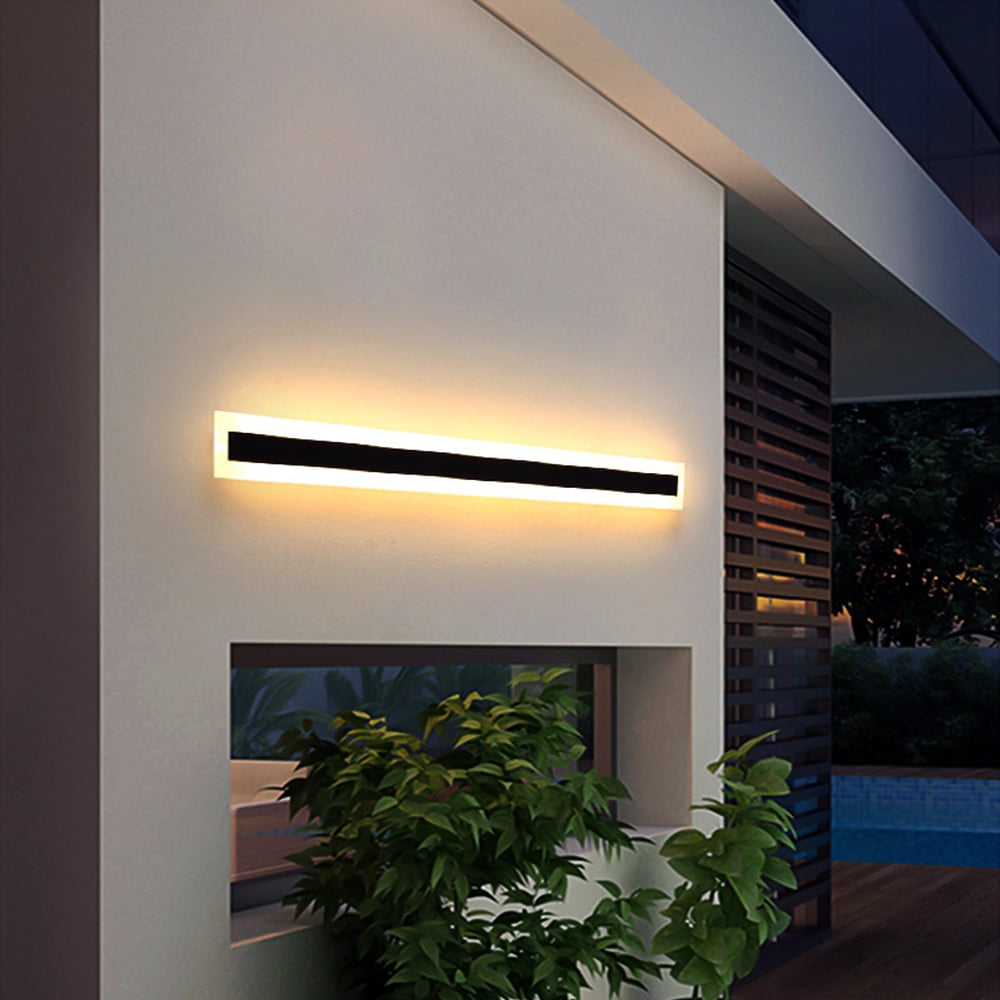Demystifying Luminescent Display Panel Luminance Measurements to Peak Display Effectiveness
Demystifying Luminescent Display Panel Luminance Measurements to Peak Display Effectiveness
Blog Article
Light Emitting Diode wall screens are more and more favored across different environments, from residences to commercial spaces and public spaces. These panels tend to be known for their bright as well as vibrant displays, which make them ideal for communicating information, ads, and engagement. Nevertheless, comprehending brightness illumination levels for LED panel screens remains crucial to guaranteeing optimal display efficacy. Brightness is measured in metrics called nits, that show the amount of light produced by the panel. A greater the number of nits, the brighter the display will be. For, instance, a panel boasting one thousand candelas is considerably brighter than a with five hundred candelas, making it better equipped for well-lit environments.
As you selecting a Light Emitting Diode panel screen, one becomes important to consider the environment in that the screen will be placed. For well-lit lit areas, such as shopping malls or outdoor locations, a higher luminosity rate becomes essential for guaranteeing clarity. On the other hand, in darker environments, such as theaters or conference rooms, a diminished illumination rate might be adequate. This excessive because excessive luminosity within an dim setting may result in viewer discomfort among the audience, causing them more difficult for concentrate with a screen. Thus, comprehending specific particular needs of an installation site will aid with selecting a suitable illumination rate to ensure ideal visual experience.
A further important element for consider is the contrast proportion of the LED wall panel. This you could try this out contrast measurement indicates how much disparity exists between the brightest most luminous light versus the darkest dark black which the screen can create. A higher contrast ratio means that it can present more detail as well as richness, thereby improves general image quality. For instance, a panel with a contrast proportion at ten thousand to one is able to show visuals with more vivid colors and sharper details compared to one with a proportion at one thousand to one. Such is particularly crucial when showing visuals or motion graphics which demand high clarity and fine details, including slideshows or promotional material.
Additionally, the technology mechanism that drives Light Emitting Diode panel panels plays a essential part in their brightness and total performance. Different types in Light Emitting Diode methods, such as OLED and Liquid Crystal Display, possess distinct traits that affect how brightness is experienced. OLED screens often offer better contrast as well as deeper blacks, which may improve a visual experience in darker environments. go to this web-site Conversely, standard LED panels might prove to be more suitable in well-lit environments due to the capacity to produce higher levels of brightness. Understanding such technological differences will help users in deciding on knowledgeable choices based on their individual requirements.
In conclusion, regular maintenance as well as calibration for Light Emitting Diode panel screens can help maintain optimal illumination and performance long-term. Dirt and particles may accumulate in a surface, impacting the brightness and clarity in the visual. Periodic washing as well as professional calibration may ensure the the screen functions at top optimal, providing consistent visual quality. Moreover, certain advanced Light Emitting Diode panel panels come built-in integrated features that allow operators for modify brightness levels and color settings based on their wants. Through taking such steps, operators can ensure the LED LED panel screens deliver the optimal visual performance, no matter the setting where which they are placed.